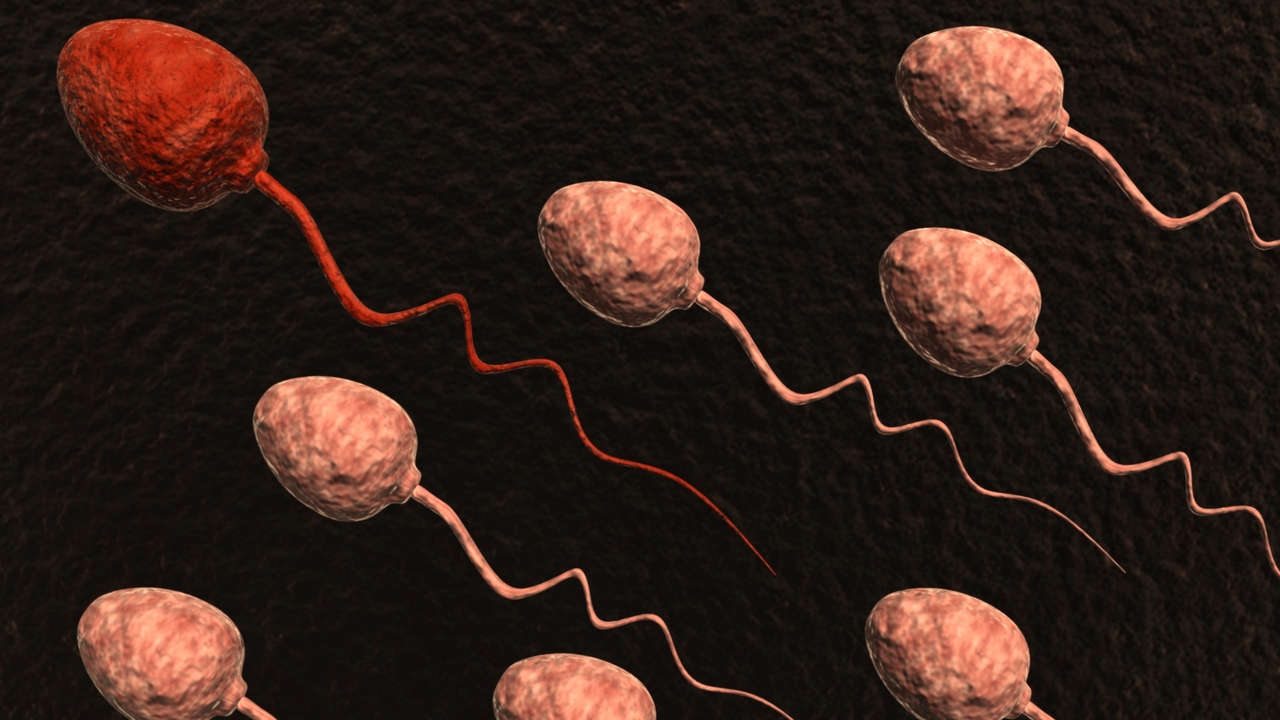 Divakaran Dileep/PhotoSpin
Divakaran Dileep/PhotoSpin
When it comes to fertility, women are often put through the ringer while men get the easy way out. But it is important, if you are trying to conceive, that you understand that his sperm is 50 percent of the equation (your egg being the other 50 percent). So a sperm analysis is critical.
Researchers suspect that male factor involvement is as high as 25 percent as to why some couples cannot get pregnant. This is why knowing early on in the game if he has a problem can prevent a lot of frustration down the road.
Sperm are made in the testicles under the influence of several hormones including follicle-stimulating hormone commonly associated with women, but very important to men. FSH nurtures the developing sperm cells through all the stages of development, which can take about 70 to 75 days.
Once created, they are moved into the epididymis for maturation and storage until released. There are many factors that influence the health of the developing sperm such as genetics, certain diseases, anatomical issues, infections and unhealthy lifestyles.
The semen analysis evaluates several markers such as volume, count, motility and morphology.
Volume has to do with the amount of semen in the collection. The more volume he has, often the more sperm he has to impregnate an egg.
Volume is increased with arousal, hydration, and allowing it to build up over time by waiting. Often normal volume is around 1.5-5.5ml.
When evaluating the count, computers count the number of sperm in the sample. Normal is often considered 20 million or more — however the more the merrier, and the higher the chances of becoming pregnant.
Count decreases with low androgen hormones, infection in the area, obesity, insulin problems, and having a testicular varicocele (enlargement of the vein in the scrotum). A decrease can also occur if he smokes, uses drugs, alcohol, steroids, or the medication cimetidine (Tagamet).
The sperm need to travel in a forward manner. This is known as motility. If they swim in circles or do not swim at all, then this is a problem with fertility.
Ideally, he wants 50-60 percent of his swimmers moving in a good forward progression. The higher the rating on the lab scale, the better. Asthma inhalers, heat (e.g., from hot tubs, cell phones in pockets, lap tops on laps) and heavy metal exposure — all can ruin motility.
Morphology is how the sperm look under a microscope. Do they have a normal head with a tail? Do they have two heads? Two tails? No tails?
Some fertility centers allow up to 70 percent of the collection to be abnormal. However, the lower this percentage — such as under 50 percent — the greater the chances of a baby. The most common reasons for poor morphology are genetic, heat to the scrotal area, and exposure to toxins, such as pollution, phalates, smoke and Bisphenol A (BPA).
If you and your partner are looking to become pregnant, or are having difficulty with fertility, make sure he sees his health care provider and get a full work up, including hormones and a semen analysis.
Sources:
1) Andersen, J, Herning, H, Aschim, E, Hjelmesaeth, J, Mala, T, Hanevik, H, Bungum, M, Haugen, T, and Witczak, O. (2015). Body Mass Index is Associated with Impaired Semen Characteristics and Reduced Levels of Anti-Mullerian Hormone across a Wide Weight Range.
http://www.ncbi.nlm.nih.gov/pubmed/26067627
2) Chen, X, Xu, W, Miao, M, Zhu, Z, Dai, J, Chen, Z, Fang, P, Wu, J, Nie, D Wang, L, Wang, Z, Qiao, Z, and Shi, H. (2015). Alteration of sperm protein induced by cigarette smoking.
http://www.ncbi.nlm.nih.gov/pubmed/26063603
3) Lab Tests Online. (2013). Semen Analysis.
https://labtestsonline.org/understanding/analytes/semen/tab/test
4) Wang, Y, You, L, Zeng, Q, Sun, Y, Huang, Y, Wang, C, Wang, P, Cao, W, Yang, P, Li, Y, and Lu, W. (2015). Phthalate exposure and human semen quality: Results from an infertility clinic in China.
http://www.ncbi.nlm.nih.gov/pubmed/26087406
Reviewed June 23,2015
by Michele Blacksberg RN
Edited by Jody Smith





Add a CommentComments
There are no comments yet. Be the first one and get the conversation started!